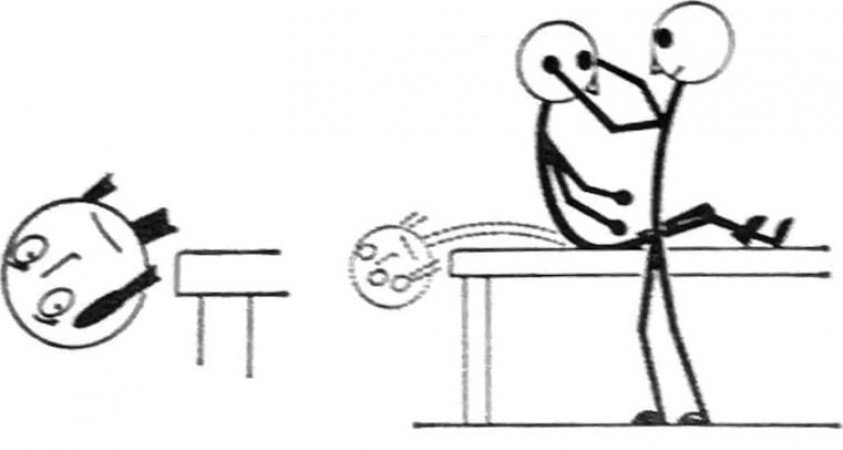
Benign Paroxysmal Positional Vertigo (BPPV) is a common inner ear disorder that causes sudden, brief episodes of dizziness and spinning sensations. While it's not life-threatening, its symptoms can significantly impact a person's quality of life. Learning to identify the warning signs of BPPV is crucial for timely diagnosis and effective management.
1. Understanding Benign Paroxysmal Positional Vertigo (BPPV)
BPPV occurs when small calcium particles in the inner ear become dislodged and disrupt the normal balance signals. This leads to intense but brief episodes of vertigo triggered by certain head movements.
2. Sudden Spells of Dizziness
Individuals experiencing BPPV often report sudden and severe dizziness that feels like the world is spinning around them. These episodes usually last for a minute or less.
3. Nausea and Vomiting
Vertigo associated with BPPV can lead to feelings of nausea and, in some cases, vomiting. These symptoms can be particularly distressing and disruptive to daily life.
4. Loss of Balance
A person with BPPV might feel unsteady on their feet, making it difficult to maintain balance. This can increase the risk of falls, especially during vertigo episodes.
5. Positional Trigger
BPPV symptoms are typically triggered by specific head movements, such as rolling over in bed, looking up, or bending down. These movements can lead to sudden episodes of vertigo.
6. Short Duration
One characteristic of BPPV is the short duration of its episodes. Vertigo spells usually last less than a minute, but their intensity can vary.
7. Recurrence
BPPV symptoms can come and go, with episodes occurring sporadically. Recurrence is common and can be triggered by various factors.
8. Eye Movements
A medical professional might observe involuntary and rapid eye movements, known as nystagmus, during an episode of BPPV. These movements are a key diagnostic indicator.
9. Sensation of Spinning
People with BPPV often describe a sensation of spinning or rotation during vertigo episodes. This sensation can be distressing and disorienting.
10. Triggers in Specific Positions
Certain positions, such as lying down or turning the head, can trigger BPPV symptoms. Understanding these triggers can help individuals avoid them when possible.
11. Anxiety and Stress
The unpredictable nature of BPPV episodes can lead to increased anxiety and stress. Managing these emotional aspects is essential alongside medical treatment.
12. Impact on Daily Activities
Due to the sudden and unpredictable nature of BPPV symptoms, individuals might find it challenging to engage in regular daily activities, work, or social interactions.
13. Seeking Medical Attention
If you experience any of the warning signs mentioned above, it's essential to consult a medical professional. They can diagnose BPPV through physical examinations and recommend appropriate treatments.
14. Treatment Options
Medical treatments for BPPV include repositioning maneuvers to move the dislodged calcium particles back to their original position in the inner ear. These maneuvers are often effective in relieving symptoms.
Recognizing the warning signs of Benign Paroxysmal Positional Vertigo is crucial for seeking timely medical attention and managing the condition effectively. If you or someone you know experiences episodes of sudden dizziness and spinning sensations triggered by specific head movements, it's advisable to consult a healthcare provider for proper diagnosis and treatment.
Understanding the Problems Arising from Barrett's Oesophagus